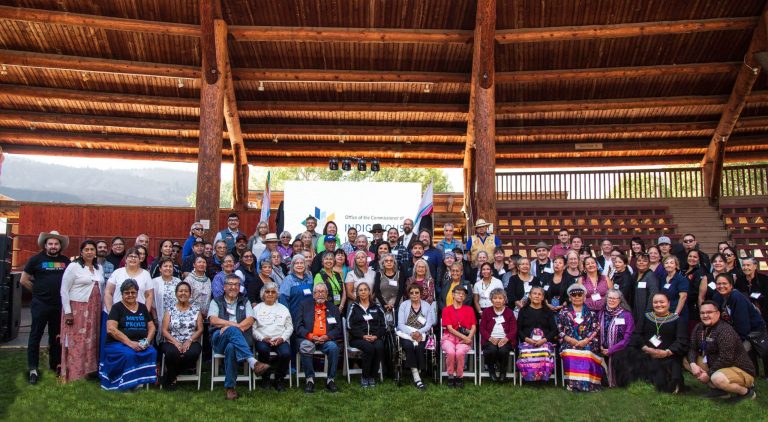The Office of The Commissioner of Indigenous Languages held its first national event in Tk’emlúps (Kamloops), British Columbia on September 14 and 15, 2023, with 80 First Nations, Inuit, and Metis peoples represented by Elders, language experts, educators, translators, and interpreters from across Canada. Hosted on the traditional territory of the Tk’emlúps te Secwépemc, situated […]
Read More


